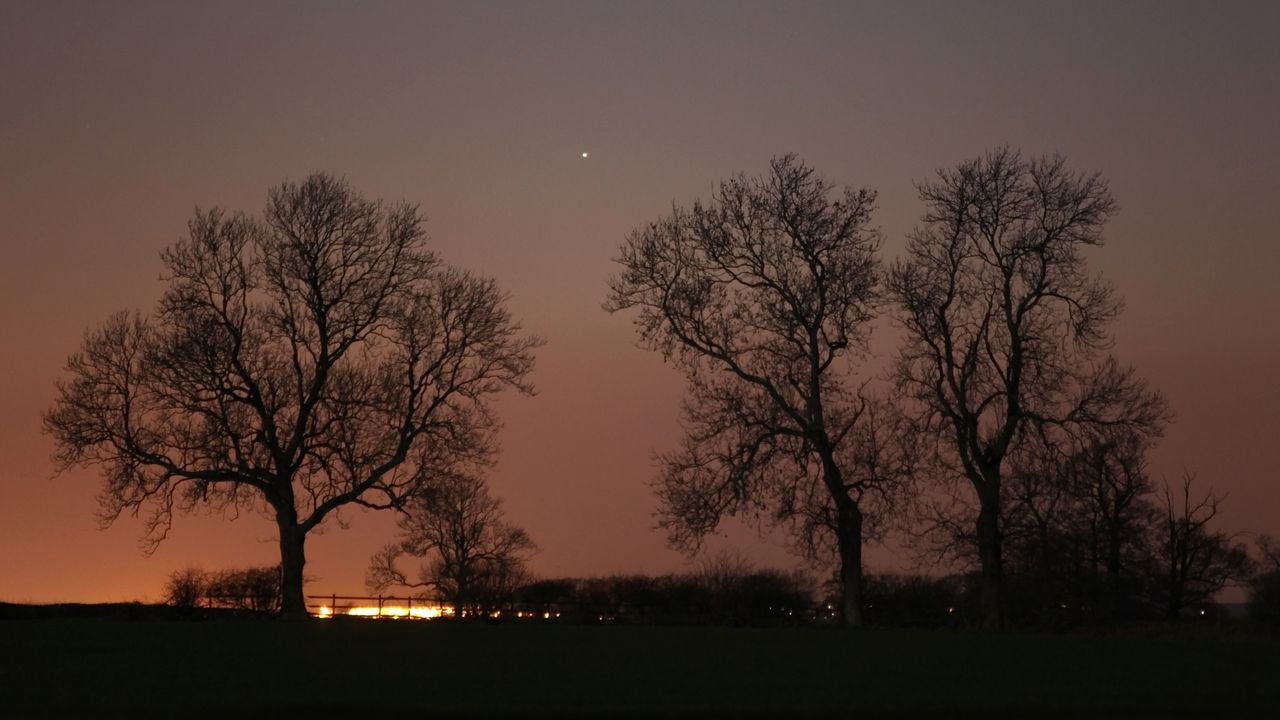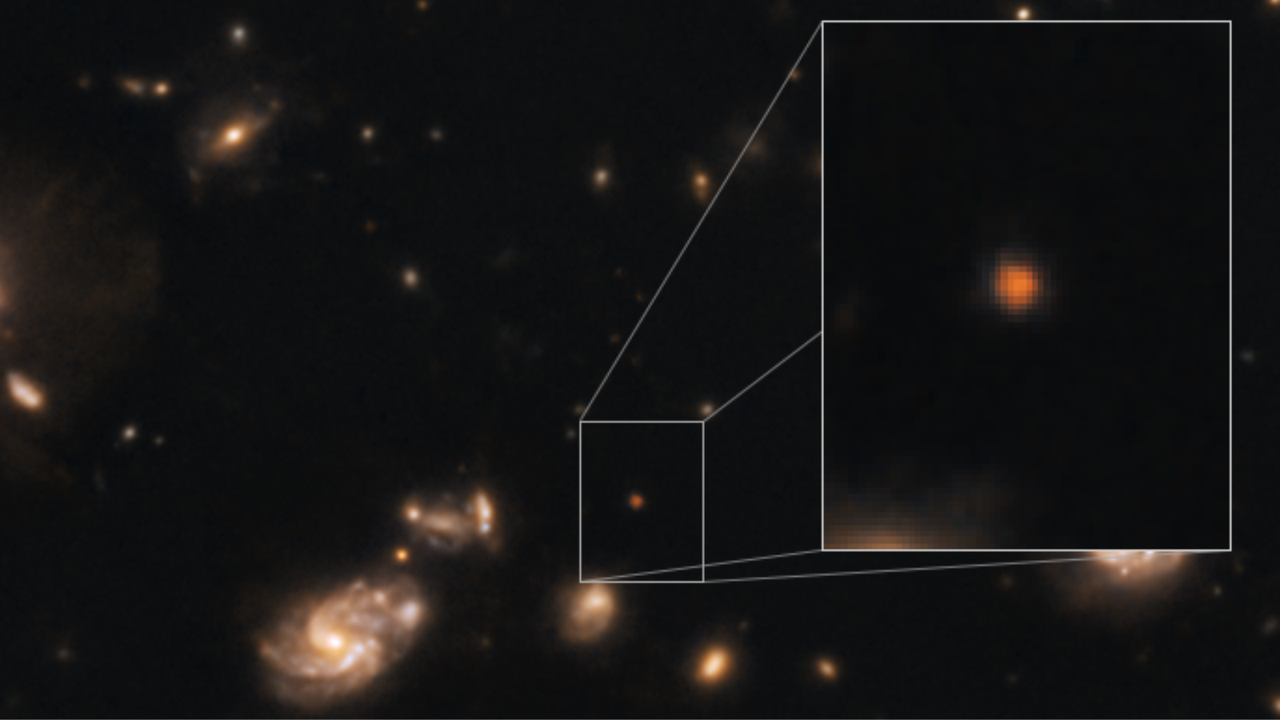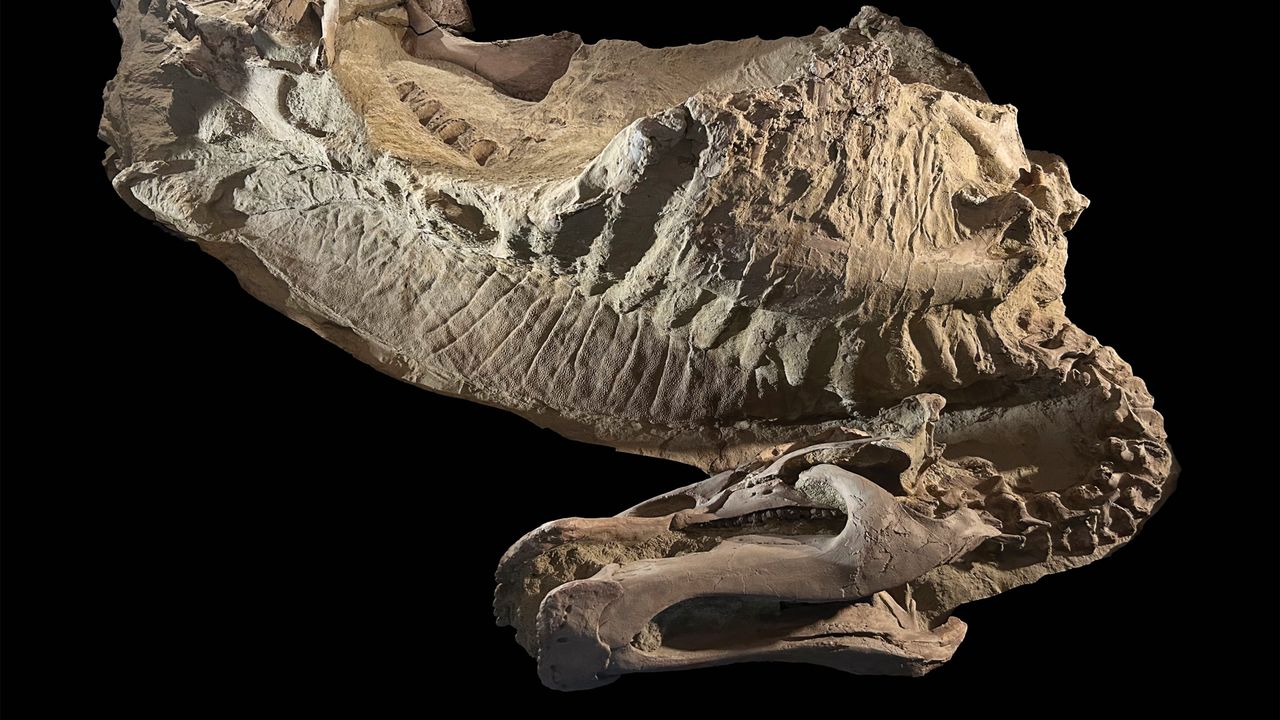Did Astronomers Photograph UFOs Orbiting Earth in the 1950s?
NeutralScience
Recent peer-reviewed research has brought to light intriguing photographs of unidentified flying objects (UFOs) captured in the sky during the 1950s. This discovery is generating both curiosity and debate among scientists and enthusiasts alike, as it challenges our understanding of aerial phenomena before the space age. The implications of these findings could reshape how we view historical accounts of UFO sightings and their significance in the broader context of space exploration.
— Curated by the World Pulse Now AI Editorial System







